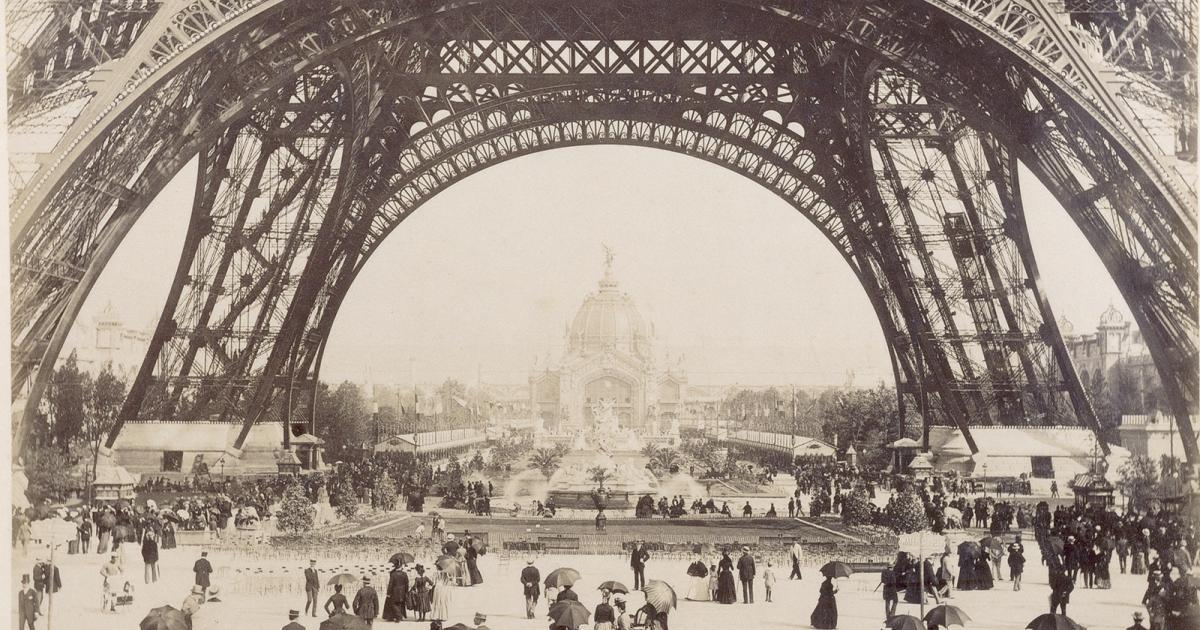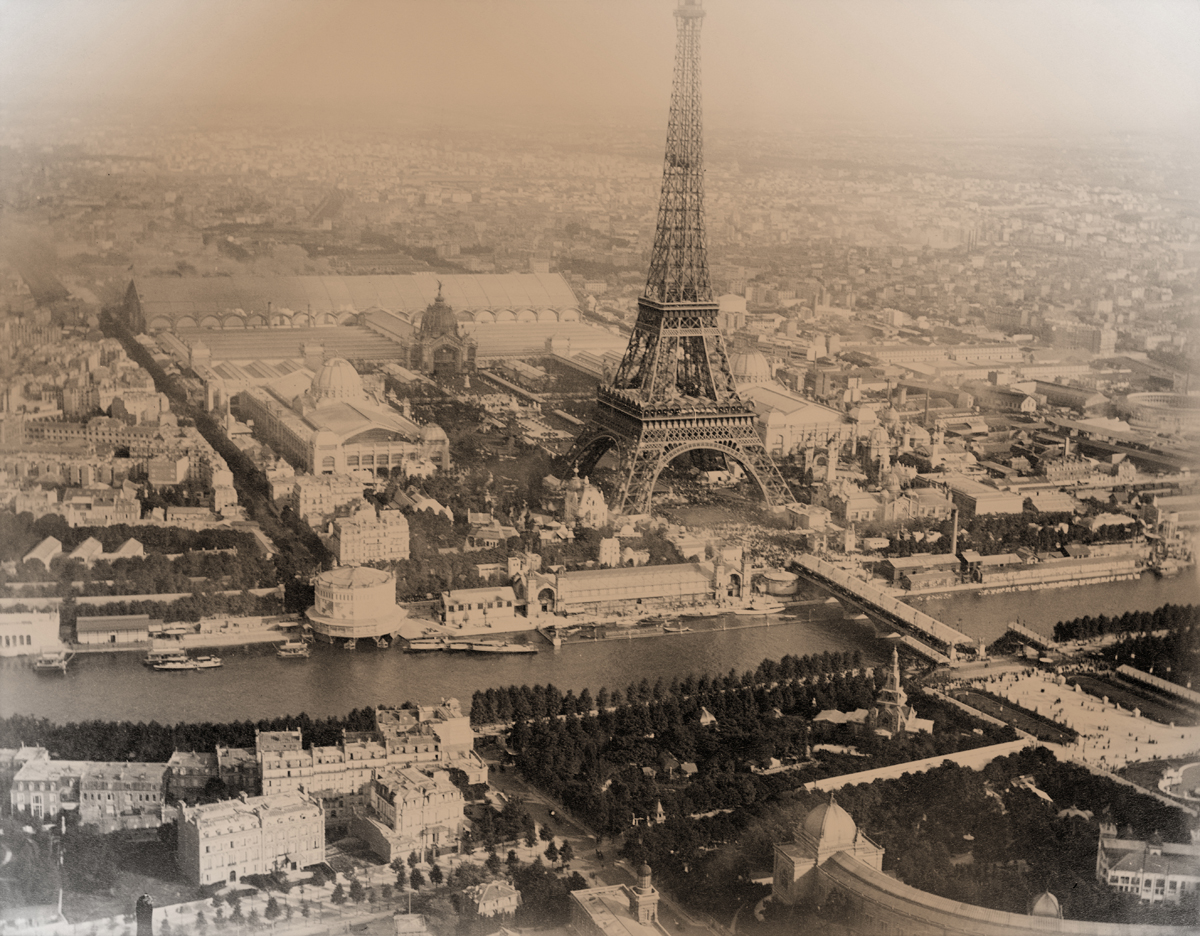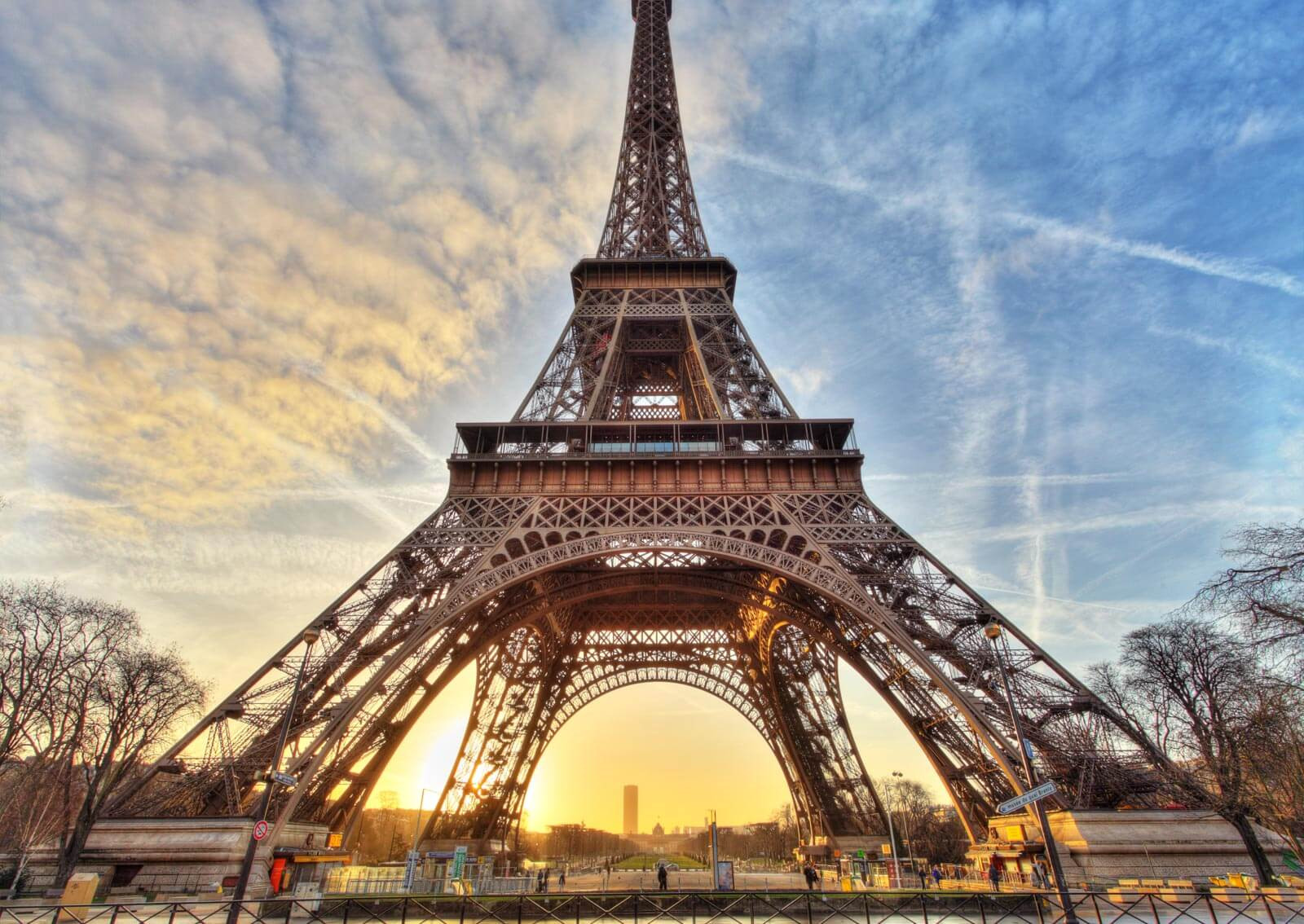Introduction
This fascinating view of Paris, France, captures the city 129 years apart—first in 1888 and then in 2017. The earlier photograph reveals the Eiffel Tower during its construction, a remarkable engineering feat designed by Gustave Eiffel and his team. This article explores the tower’s historical significance, engineering innovations, and its evolution into a global symbol of Paris.
The Construction of the Eiffel Tower
Initially completed in 1889 as the centerpiece for the Exposition Universelle (World’s Fair), the Eiffel Tower was envisioned as a demonstration of France’s industrial prowess. At a height of 1,083 feet, it became one of the tallest structures in the world at the time. The design, which utilized wrought iron and prefabricated materials, allowed for rapid assembly—taking just over two years to complete.

Mixed Reactions
Upon its unveiling, the Eiffel Tower received mixed reactions from the public and critics alike. While some admired its innovative design, others decried it as an eyesore, disrupting the Parisian skyline. Prominent artists and intellectuals of the time voiced their disapproval, fearing it would tarnish the beauty of the city.
The Tower’s Ingenious Design
Gustave Eiffel’s engineering team employed advanced techniques to create a structure that was not only visually striking but also structurally sound. The tower’s design featured a lattice framework, which reduced wind resistance and provided stability.

Over the years, the Eiffel Tower has undergone numerous renovations and adaptations. The installation of elevators made it accessible to millions of visitors, while the addition of lighting has enhanced its nighttime allure, transforming it into a beacon of romance and beauty.
The Eiffel Tower Today
In the modern photograph from 2017, the Eiffel Tower continues to dominate the Parisian skyline, surrounded by the bustling activity of one of the world’s most iconic cities. This juxtaposition of past and present highlights not only the enduring legacy of the tower but also reflects the evolution of Paris itself over more than a century.

Cultural Significance
Today, the Eiffel Tower attracts millions of visitors each year, standing as a testament to the vision of its creator and the cultural significance it holds for people around the globe. It has become synonymous with Paris, embodying the spirit of romance, innovation, and the arts.
Conclusion
The Eiffel Tower’s journey from a controversial construction project to a beloved global icon is a fascinating story of resilience and transformation. It serves as a reminder of the power of vision and creativity in shaping the cultural landscape. As Paris continues to evolve, the Eiffel Tower stands tall, a symbol of the city’s rich history and bright future.

